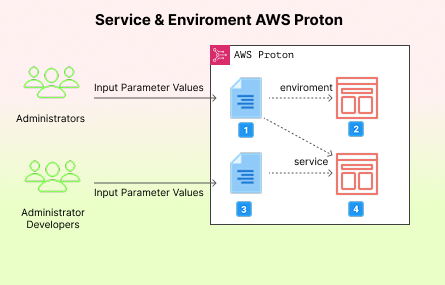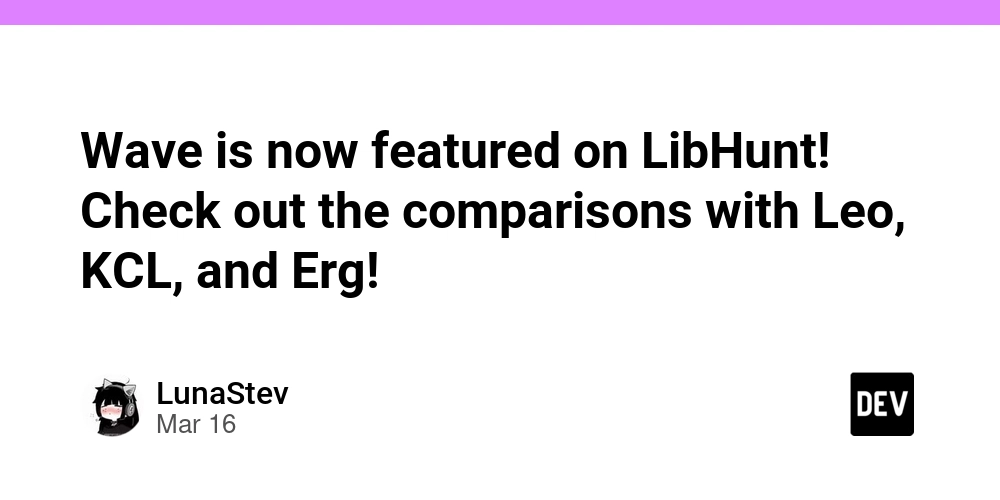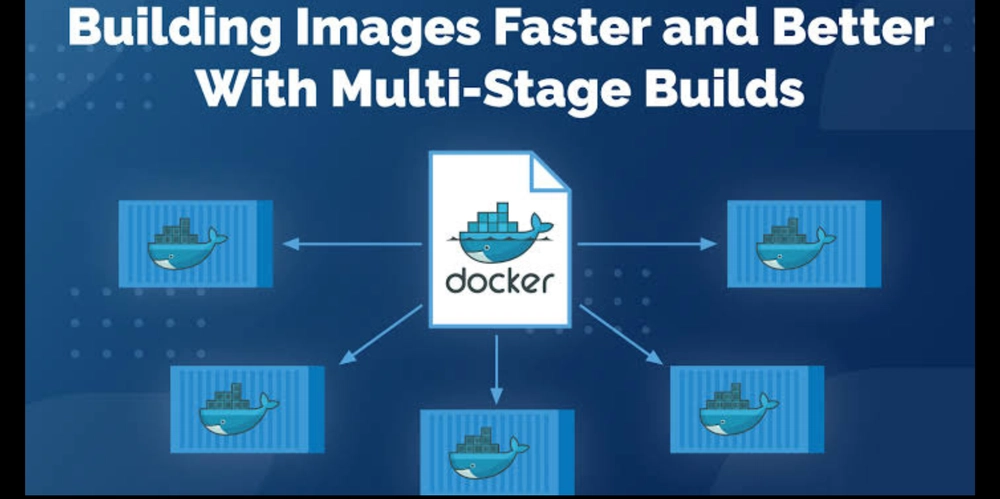Superchain Interoperability: From Fragmented Cross-Chain Liquidity to a Unified Native Liquidity Layer Future
In the current blockchain world, fragmentation is a major challenge. The independence of different chains makes asset and data transfers complex and inefficient, leading to high costs and delays for developers and users. In Season 7, OP Superchain has placed "Interoperability" at the core of its product vision to address this issue. With Superchain's interoperability, assets and data can move seamlessly across chains. Developers can fully utilize the entire Superchain's resources, while chain deployers can benefit from its massive network effects. This unified and scalable ecosystem will continuously create new applications, driving innovation and development in the blockchain space. Breaking Fragmentation: The Advantages of Superchain Ethereum and its Layer 2 ecosystem face challenges of fragmentation. Traditionally, cross-chain transfers require routing assets and data through Ethereum Layer 1, making the process expensive and slow. Developers struggle with launching projects across costly and complex multi-chain infrastructures, while users experience fragmented and confusing interactions. However, by achieving native cross-chain interoperability, Superchain eliminates these inefficiencies. Assets and data can flow seamlessly across chains, improving resource efficiency for developers. As part of the Superchain, Mint Blockchain actively promotes this innovation, ensuring users benefit from a smoother and more efficient cross-chain experience. How Does Superchain Work? OP Superchain integrates multiple Layer 2 networks built on OP Stack into a unified multi-chain network structure. Superchain offers enhanced scalability, low latency, and high transaction throughput, enabling different chains to share the same security model and governance mechanism while supporting low-cost cross-chain communication, asset swaps, and other core interactions. OP Interop, built on the OP Stack framework, facilitates on-chain interoperability by enabling fast and secure cross-chain messaging and asset transfers. Superchain is built upon interoperability protocols, forming a unified mesh network with fully dependent relationships. Superchain Interop consists of protocol-layer messaging and the Superchain ERC20 token standard. Once Superchain Interop is live, it will achieve 2-second cross-chain settlement, minimized fragmentation, unified liquidity, and maximized capital efficiency and utility. A Universal Standard for Interoperability Superchain's multi-chain architecture requires advanced technical capabilities to ensure secure internal communication. This layer is built on messaging protocols, the Superchain token standard, an interoperability fault-proof mechanism, and a set of interoperable chains. Messaging Protocol: Enables the creation and transmission of cross-chain messages. Completing a cross-chain message involves two events: initiating a transaction on the source chain and executing it on the destination chain. SuperchainERC20: A universal token standard on OP Stack, a minimal extension of the ERC20 standard. It allows tokens to be interchangeable and movable across Superchain. Without a standardized security model, bridged assets might not be fungible. Built on the messaging protocol, SuperchainERC20 offers the most trust-minimized bridging solution. Interoperability Fault-Proof Mechanism: A proof system shared across Superchain chains, ensuring interconnected security and supporting fungible assets within the ecosystem. Interoperable Chain Set: Chains configured with "dependencies," allowing them to read data from other chains. For example, OP Mainnet reads data from Mode and Base, Mode reads from Base and OP Mainnet, and Base reads from OP Mainnet and Mode. These three chains form an interoperable set. Superchain Interoperability Architecture The structure of OP Stack nodes determines their interoperability capabilities. At the core of interoperability services is the OP Supervisor. OP Supervisor records and verifies cross-chain log events and retrieves Layer 2 transaction security information from the Layer 1 consensus layer. Through OP Supervisor, Superchain chains synchronize and verify each other’s transaction information, enabling efficient cross-chain messaging. Advantages of Superchain Interoperability Superchain interoperability provides several key benefits: Low Latency and High Efficiency: Optimized cross-chain communication ensures fast messaging and asset transfers, improving user experience. Cost Efficiency: Efficient settlement mechanisms reduce gas costs for cross-chain interactions, making transactions more economical. Seamless Developer Experience: Developers can leverage Superchain’s native interoperability to deploy applications and assets across chains without relying on complex bridging infrastructures. Shared Security: Superchain relies on Layer 1 shared security and OP Stack design, ensuring the reliability of cross-chain interactions and reducing the risks associated
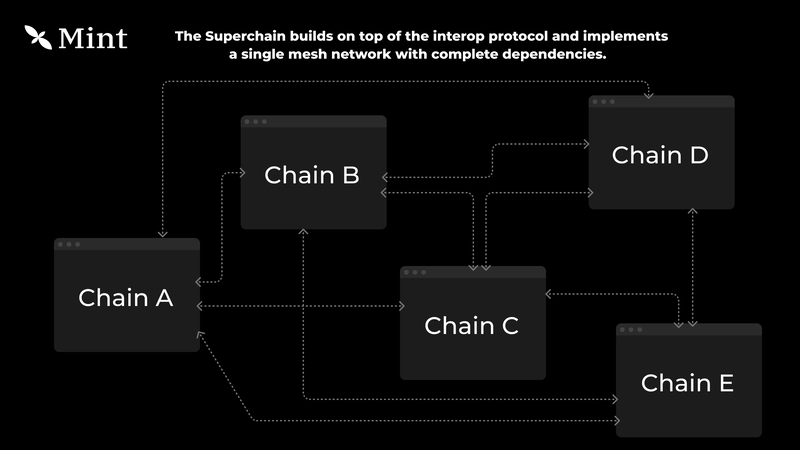
In the current blockchain world, fragmentation is a major challenge. The independence of different chains makes asset and data transfers complex and inefficient, leading to high costs and delays for developers and users. In Season 7, OP Superchain has placed "Interoperability" at the core of its product vision to address this issue.
With Superchain's interoperability, assets and data can move seamlessly across chains. Developers can fully utilize the entire Superchain's resources, while chain deployers can benefit from its massive network effects. This unified and scalable ecosystem will continuously create new applications, driving innovation and development in the blockchain space.
Breaking Fragmentation: The Advantages of Superchain
Ethereum and its Layer 2 ecosystem face challenges of fragmentation. Traditionally, cross-chain transfers require routing assets and data through Ethereum Layer 1, making the process expensive and slow. Developers struggle with launching projects across costly and complex multi-chain infrastructures, while users experience fragmented and confusing interactions.
However, by achieving native cross-chain interoperability, Superchain eliminates these inefficiencies. Assets and data can flow seamlessly across chains, improving resource efficiency for developers. As part of the Superchain, Mint Blockchain actively promotes this innovation, ensuring users benefit from a smoother and more efficient cross-chain experience.
How Does Superchain Work?
OP Superchain integrates multiple Layer 2 networks built on OP Stack into a unified multi-chain network structure. Superchain offers enhanced scalability, low latency, and high transaction throughput, enabling different chains to share the same security model and governance mechanism while supporting low-cost cross-chain communication, asset swaps, and other core interactions.
OP Interop, built on the OP Stack framework, facilitates on-chain interoperability by enabling fast and secure cross-chain messaging and asset transfers. Superchain is built upon interoperability protocols, forming a unified mesh network with fully dependent relationships. Superchain Interop consists of protocol-layer messaging and the Superchain ERC20 token standard. Once Superchain Interop is live, it will achieve 2-second cross-chain settlement, minimized fragmentation, unified liquidity, and maximized capital efficiency and utility.
A Universal Standard for Interoperability
Superchain's multi-chain architecture requires advanced technical capabilities to ensure secure internal communication. This layer is built on messaging protocols, the Superchain token standard, an interoperability fault-proof mechanism, and a set of interoperable chains.
Messaging Protocol: Enables the creation and transmission of cross-chain messages. Completing a cross-chain message involves two events: initiating a transaction on the source chain and executing it on the destination chain.
SuperchainERC20: A universal token standard on OP Stack, a minimal extension of the ERC20 standard. It allows tokens to be interchangeable and movable across Superchain. Without a standardized security model, bridged assets might not be fungible. Built on the messaging protocol, SuperchainERC20 offers the most trust-minimized bridging solution.
Interoperability Fault-Proof Mechanism: A proof system shared across Superchain chains, ensuring interconnected security and supporting fungible assets within the ecosystem.
Interoperable Chain Set: Chains configured with "dependencies," allowing them to read data from other chains. For example, OP Mainnet reads data from Mode and Base, Mode reads from Base and OP Mainnet, and Base reads from OP Mainnet and Mode. These three chains form an interoperable set.
Superchain Interoperability Architecture
The structure of OP Stack nodes determines their interoperability capabilities. At the core of interoperability services is the OP Supervisor.
OP Supervisor records and verifies cross-chain log events and retrieves Layer 2 transaction security information from the Layer 1 consensus layer.
Through OP Supervisor, Superchain chains synchronize and verify each other’s transaction information, enabling efficient cross-chain messaging.
Advantages of Superchain Interoperability
Superchain interoperability provides several key benefits:
Low Latency and High Efficiency: Optimized cross-chain communication ensures fast messaging and asset transfers, improving user experience.
Cost Efficiency: Efficient settlement mechanisms reduce gas costs for cross-chain interactions, making transactions more economical.
Seamless Developer Experience: Developers can leverage Superchain’s native interoperability to deploy applications and assets across chains without relying on complex bridging infrastructures.
Shared Security: Superchain relies on Layer 1 shared security and OP Stack design, ensuring the reliability of cross-chain interactions and reducing the risks associated with different verification mechanisms.
SuperchainERC20: The Ideal Solution for Cross-Chain Tokens
SuperchainERC20 is a crucial component of Superchain interoperability, providing a simple and reliable solution for cross-chain tokens. With native Interop protocols, assets can move quickly and seamlessly across chains, enabling real-time cross-chain DeFi and smooth chain-to-chain swaps.
USDT0 is one of the first interoperable stablecoins deployed on Superchain. As the omnichain version of USDT, it is natively compatible across multiple chains and backed 1:1 by USDT on Ethereum. Currently live on OP Mainnet and Ink, USDT0 is expanding to more chains, providing fast, secure, and low-cost cross-chain transfers for Superchain.
Additionally, $MINT is the first utility token of a Superchain to use SuperchainERC20 token standard with Optimism interoperability.
Mint Blockchain: Driving Innovation with Interoperability
As a member of the Superchain, Mint Blockchain is leveraging this innovative interoperability framework to provide users with a more efficient and secure cross-chain experience. Mint Blockchain’s assets and applications will seamlessly interact with other projects on the Superchain, offering users low-cost, high-speed, and secure cross-chain transactions. Mint Blockchain’s native token, $MINT, adopts the SuperchainERC20 standard and interoperates with Optimism.
Additionally, Mint is developing Mint Liquid, an aggregated liquidity product built on Superchain, ERC7683, Uniswap, and Across Protocol. Mint Liquid supports multi-chain NFT and token asset trading, enabling liquidity aggregation and cross-chain interoperability. This product significantly enhances the efficiency of on-chain asset trading, reduces friction costs, improves price discovery for new crypto assets, and fosters a thriving on-chain trading market.
Shaping the Future with Superchain
Superchain interoperability not only solves the problem of fragmented cross-chain liquidity but also provides a more efficient and secure infrastructure for the DeFi and Web3 ecosystems. With native interoperability protocols, assets and data can move freely, developers can easily build cross-chain applications, and users can enjoy a more seamless transaction experience.
As part of the Superchain ecosystem, Mint Blockchain is actively driving this transformation, utilizing a unified liquidity layer to enhance on-chain interaction efficiency and scalability. As Superchain interoperability continues to evolve, Mint Blockchain will collaborate with Superchain to shape the future of Web3, fostering innovation and adoption in the on-chain economy.









































































































































































![[The AI Show Episode 142]: ChatGPT’s New Image Generator, Studio Ghibli Craze and Backlash, Gemini 2.5, OpenAI Academy, 4o Updates, Vibe Marketing & xAI Acquires X](https://www.marketingaiinstitute.com/hubfs/ep%20142%20cover.png)















































































































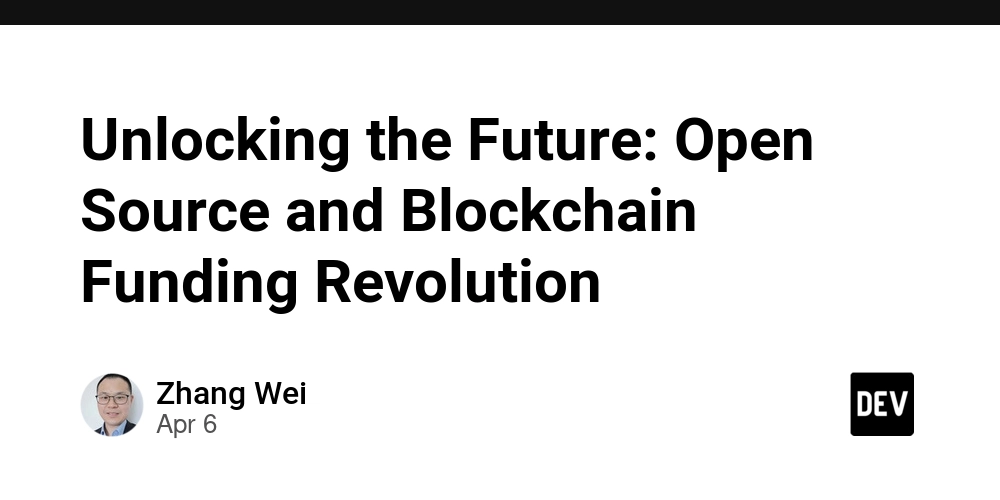











![[DEALS] The Premium Learn to Code Certification Bundle (97% off) & Other Deals Up To 98% Off – Offers End Soon!](https://www.javacodegeeks.com/wp-content/uploads/2012/12/jcg-logo.jpg)


![From drop-out to software architect with Jason Lengstorf [Podcast #167]](https://cdn.hashnode.com/res/hashnode/image/upload/v1743796461357/f3d19cd7-e6f5-4d7c-8bfc-eb974bc8da68.png?#)









































































































.png?#)
































_Christophe_Coat_Alamy.jpg?#)
 (1).webp?#)




































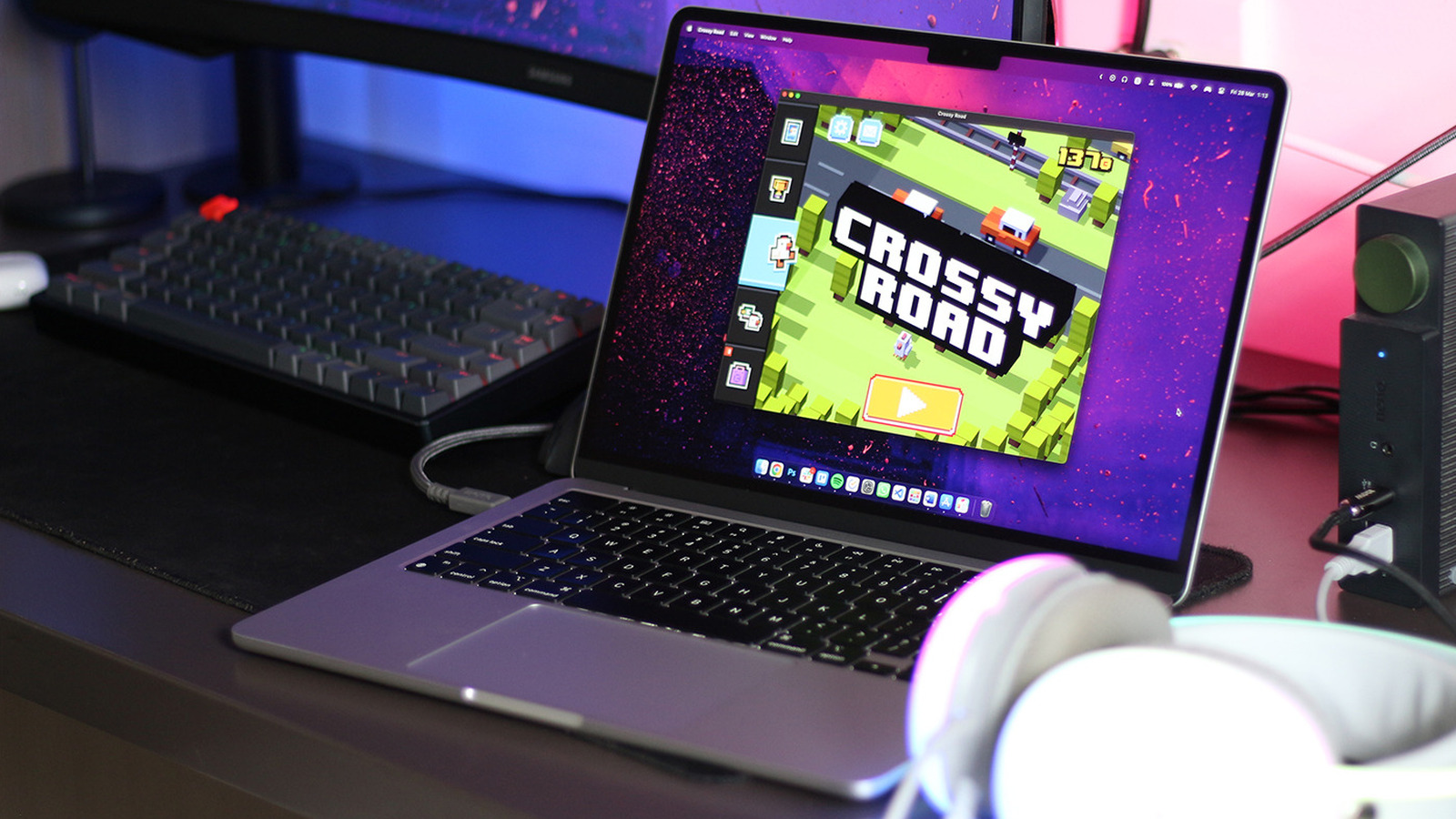





























































![iPhone 17 Pro Won't Feature Two-Toned Back [Gurman]](https://www.iclarified.com/images/news/96944/96944/96944-640.jpg)
![Tariffs Threaten Apple's $999 iPhone Price Point in the U.S. [Gurman]](https://www.iclarified.com/images/news/96943/96943/96943-640.jpg)





































































































































